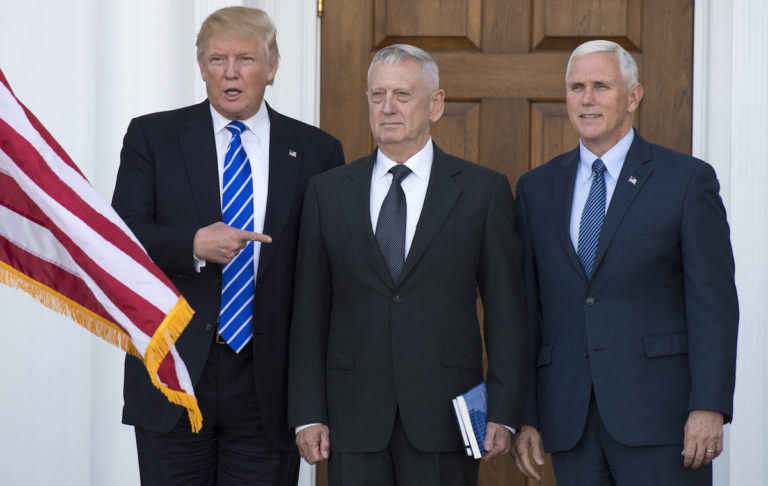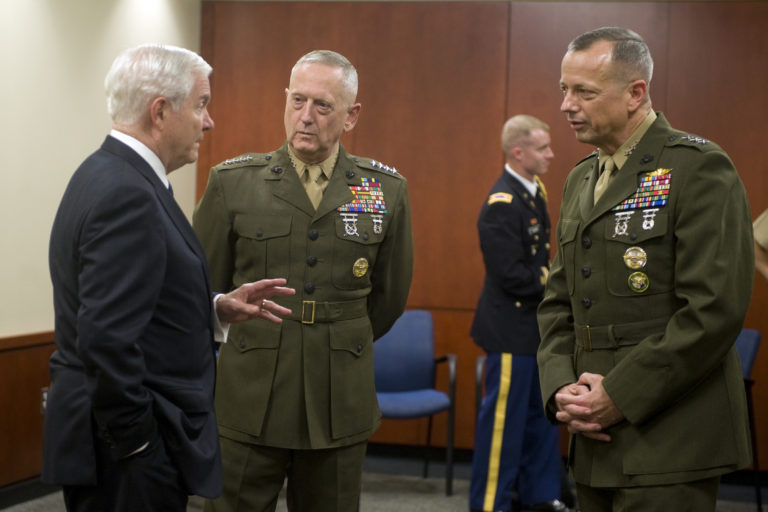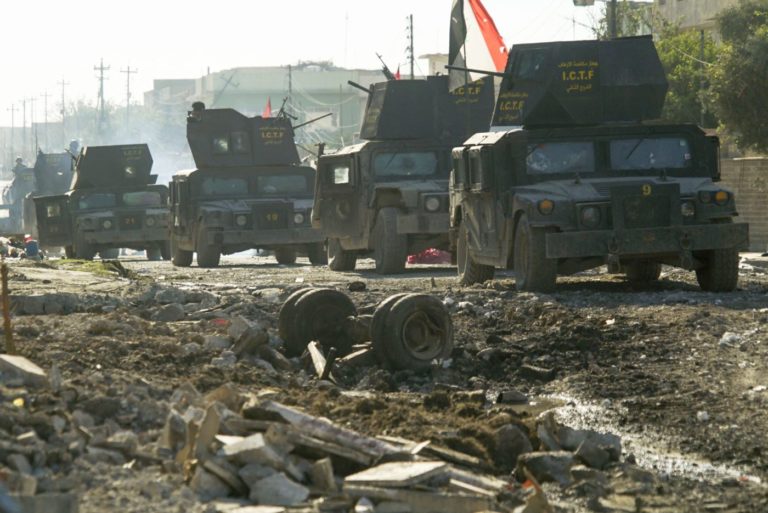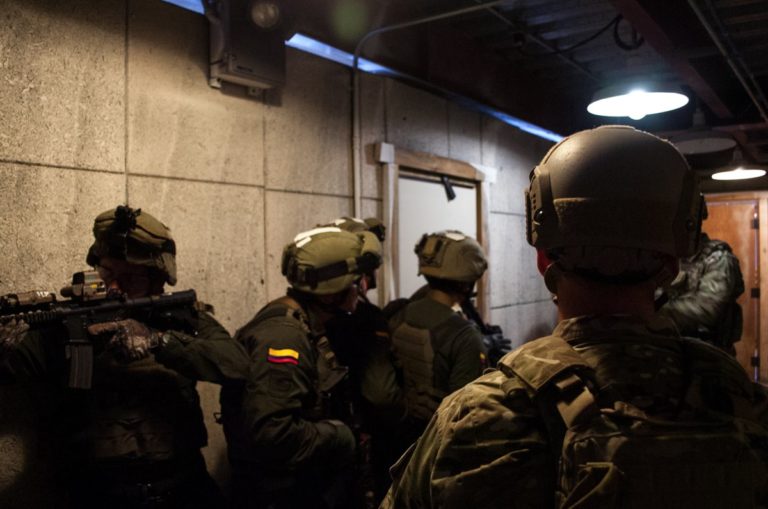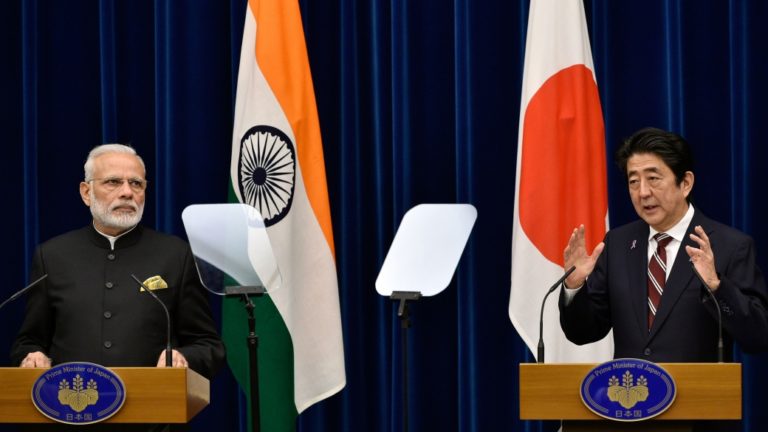Use a Strategic Review to Drive Change
Given the various foreign policy and national security challenges, it will be critical that the new administration develop a strategic approach for their policy objectives. Strategy will help the new administration achieve goals, drive change, and determine which issues may benefit from continuity. This analysis provides recommended steps for an effective review process to help develop a strategy for national security challenges.

